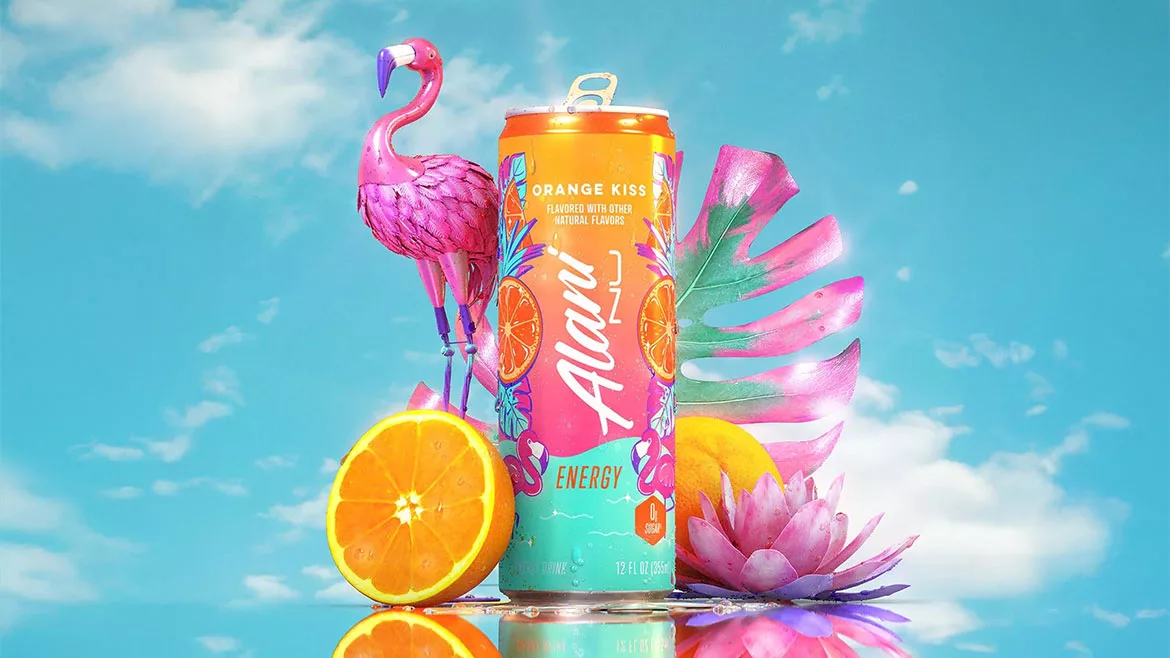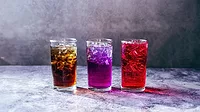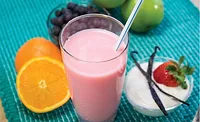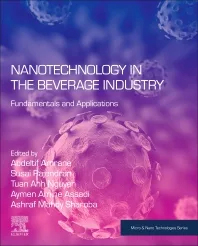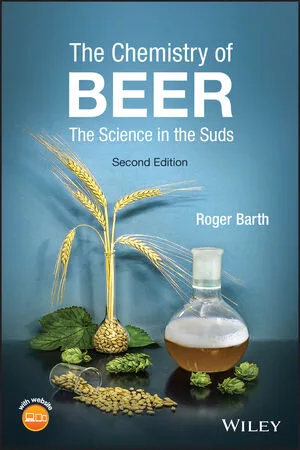Ingredient Spotlight
Hydrocolloids provide stability amid evolving beverage trends
Label-friendly, functional hydrocolloids in demand for beverage-makers
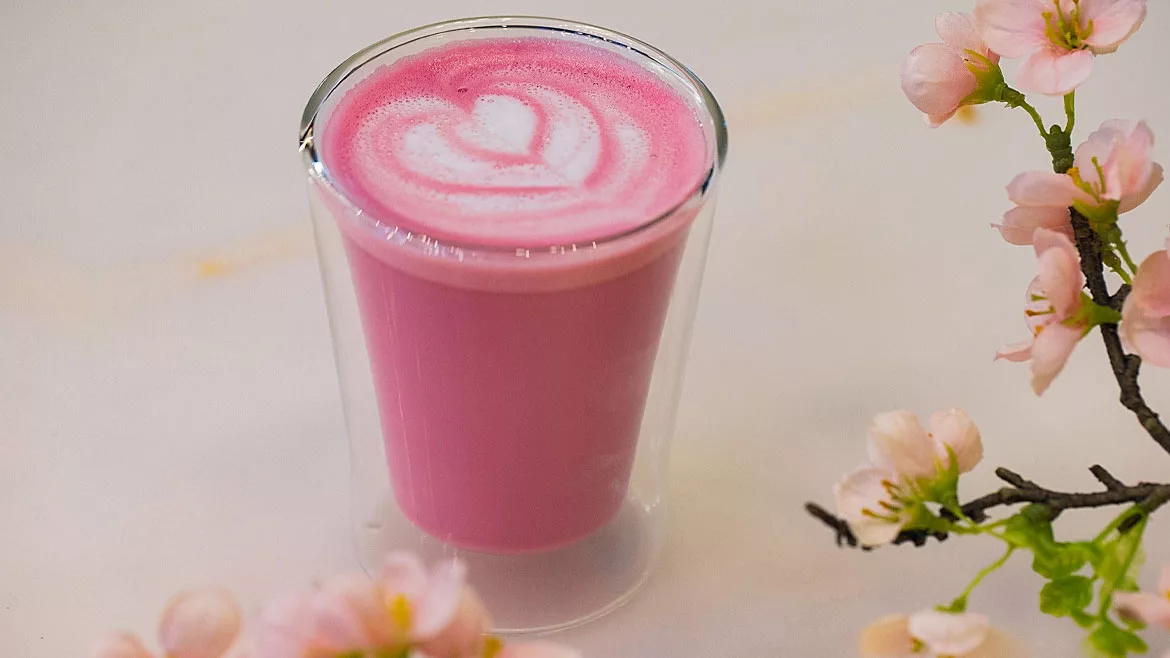
Photo by Denys Gromov for Pexels/courtesy of Canva
For the past few years, consumers have been increasingly focused on personal health, driving the purchase of health-and-wellness beverages, according to Innova Market Insights, the Netherlands. The pandemic continues to bolster this interest; however, the health of the planet is becoming even more important for many consumers, according to Innova’s recent list of the Top 10 trends for 2022. As a result, transparency, sustainable ingredients, and specifically plant-based ingredients are in demand.
“When asked what reasons consumers have for considering plant-based alternatives, they tell us they consider it healthier and better for the planet,” the Innova report states.
Nevertheless, plant-based ingredients oftentimes create unique challenges in beverage formulations, making hydrocolloid solutions even more necessary.
“Considering the complexity of plant-based beverages, this trend requires a need for stabilization, which can be translated to a need for a wide array of hydrocolloids,” explains Janae Kuc, senior marketing manager for the beverage category for Ingredion Inc., Westchester, Ill.
In particular, pectin is an ideal label-friendly, plant-based hydrocolloid, says Iliana Nava, senior technical service specialist, hydrocolloids, for Minneapolis-based Cargill Inc.
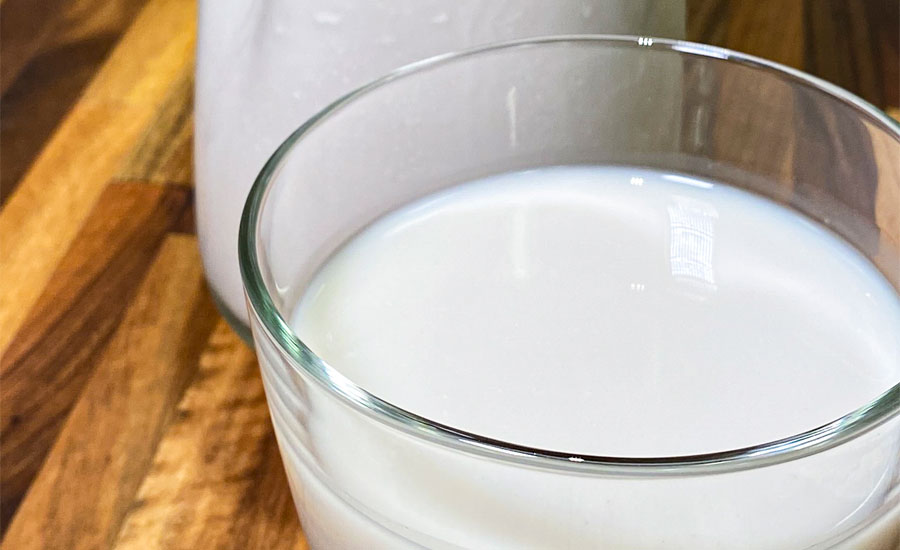
Image courtesy of Ingredion Inc.
“Part of its appeal lies in its upcycled origins,” Nava explains. “It’s made from the leftovers of juice production — apple pomace and citrus peels. Couple these renewable roots with consumers’ positive perceptions and it clearly checks the label-friendly box coveted by many beverage manufacturers.”
Furthermore, pectin can satisfy consumer demands for organic beverages because it is considered an organic-compliant ingredient in the United States, Nava notes.
“As such, it can be included in the 5% of non-organic ingredients allowed in a processed product labeled as organic,” she explains. “Pectin is used in beverages at very low rates, typically less than 0.1%.”
For these reasons, demand for pectin is at an all-time high, according to Cargill. Thus, it was a vital step for Cargill to open its fourth pectin production facility this past fall, making it the second-largest pectin producer in the world. Located in the heart of Brazil’s citrus-growing region, the facility is powered by thermal energy and uses advanced technology to minimize its carbon footprint. Its strategic location also enables it to reduce carbon dioxide emissions from raw material transport and promote regenerative agricultural practices, the company notes.
The facility produces a full range of Cargill’s high methoxy (HM) pectins, which are the type most often used in beverage formulation, Nava adds.
“When optimizing for lower-sugar options, texture is often lacking. Utilizing hydrocolloids for texture replacement and added creaminess or a perception of indulgence is a great way to meet consumers’ needs for a lower-sugar product that delivers on taste and texture.”
- Janae Kuc, senior marketing manager for the beverage category for Ingredion Inc.
In addition to pectin, other label-friendly hydrocolloid solutions include acacia gum (also known as gum arabic) from acacia trees, locust bean gums from carob trees, and guar gum from guar beans, notes Amanda Lee, hydrocolloids category manager for Prinova USA, Hanover Park, Ill. These hydrocolloids come from natural sources and, therefore, are label-friendly ingredients that match customers’ expectations for a product, she says.
Moreover, some hydrocolloids can work even harder for beverage-makers by offering a functional attribute: fiber. This enhances the healthfulness of a beverage and provides the added function many consumers are seeking, experts note.
“Many hydrocolloids are considered fibers and can contribute to the overall fiber content of the product,” explains Lynn Gunderson, Prinova applications lab manager. “Gum arabic was recently added to the FDA’s list of soluble fibers. Gum arabic does not increase viscosity as much as other gums; therefore, it can be used at a higher level and contribute more fiber per serving.”
In addition to supporting plant-based ingredients and functional claims, hydrocolloids can help optimize reduced-sugar beverages, experts note.
“When optimizing for lower-sugar options, texture is often lacking,” Ingredion’s Kuc explains. “Utilizing hydrocolloids for texture replacement and added creaminess or a perception of indulgence is a great way to meet consumers’ needs for a lower-sugar product that delivers on taste and texture.”
In reduced-sugar dairy drinks, hydrocolloids also help prevent syneresis, Cargill’s Nava notes. By stabilizing the beverage, hydrocolloids keep all components of the beverage in suspension, preventing a watery layer from forming on the top, she explains.
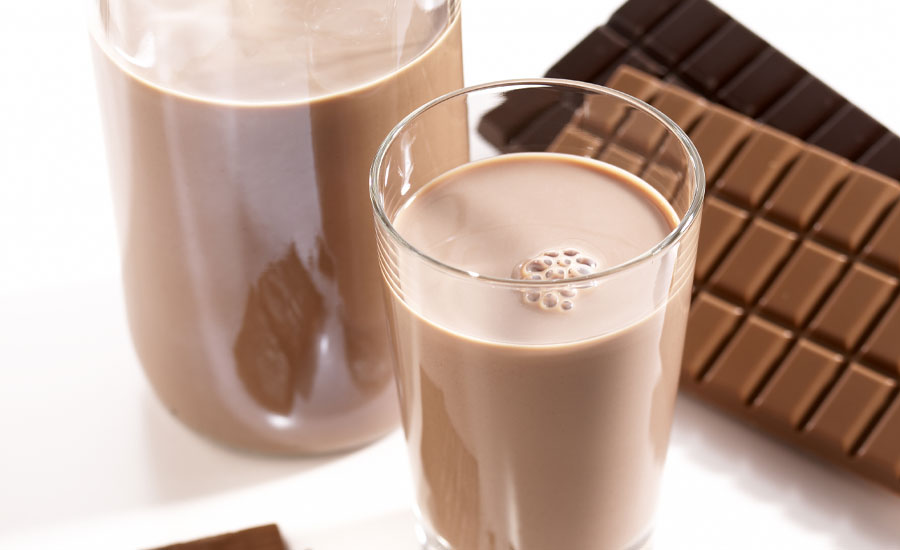
Image courtesy of Cargill Inc.
Future adaptations
In the future, ingredient suppliers expect hydrocolloids to remain in demand and ready to offer stability to a wide range of beverages. In particular, Prinova’s Gunderson expects plant-based proteins and botanicals to lean on hydrocolloids.
“Plant-based proteins continue to trend as well as adding botanicals, mushroom powders and other ingredients that may not be fully soluble,” she explains. “Therefore, hydrocolloids will continue to be needed for suspension and to reduce grittiness.”
Ingredion’s Kuc agrees, adding that the market is ready to see the introduction of specialized beverages featuring prebiotics, plant-based sweeteners and hemp/cannabis.
“When working with these ingredients, manufacturers and suppliers need to have a stable base that can withstand delivery of these ingredients,” she says. “If we look at products dosed with oils and perhaps cannabinoids, there are stability and emulsification issues that need to be addressed. Hydrocolloids once again fit the bill for producing a stable beverage system.”
Choosing the right hydrocolloid
Experts agree that the benefits of hydrocolloids for functional, reduced-sugar and plant-based beverages are clear ― they are vital for ensuring optimal mouthfeel, viscosity, particle suspension and stability. But when creating a new beverage, how should manufacturers decide which hydrocolloid to use?
It starts with identifying the type of beverage and the ingredients that will be part of the formulation, Cargill’s Nava notes.
“For example, a high-protein beverage will need hydrocolloids that can protect and suspend the proteins through the product’s shelf life,” she says. “In contrast, a reduced-sugar carbonated soda will need hydrocolloids that can build back body and mouthfeel. Hydrocolloids are very flexible and can be adjusted to meet the needs of a wide range of formulas.”
Beverage-makers must also decide if there are any label claims they’d like to make, adds Kara Selgrade, business development manager of food systems for Ingredion. If the beverage needs to be 100% organic, vegan or non-GMO Project Verified, that will help guide ingredient selection, she notes.
“And lastly is understanding the processing conditions that the beverage will go under to make sure that it will hold up and be stable in the commercialization process,” Selgrade adds.
Once all of these factors have been considered, ingredient suppliers can suggest the best solution. In the end, the solution could be a single hydrocolloid or a combination of hydrocolloids, depending on the complexity of the beverage, Cargill’s Nava notes.
Looking for a reprint of this article?
From high-res PDFs to custom plaques, order your copy today!


